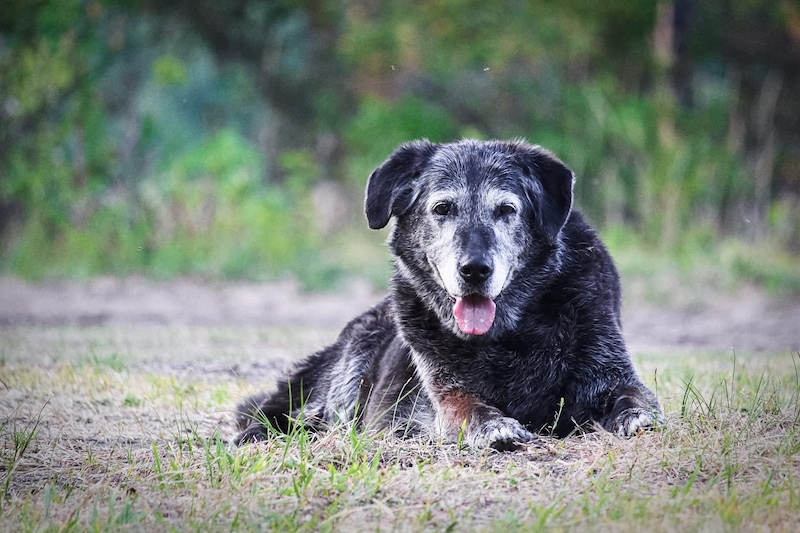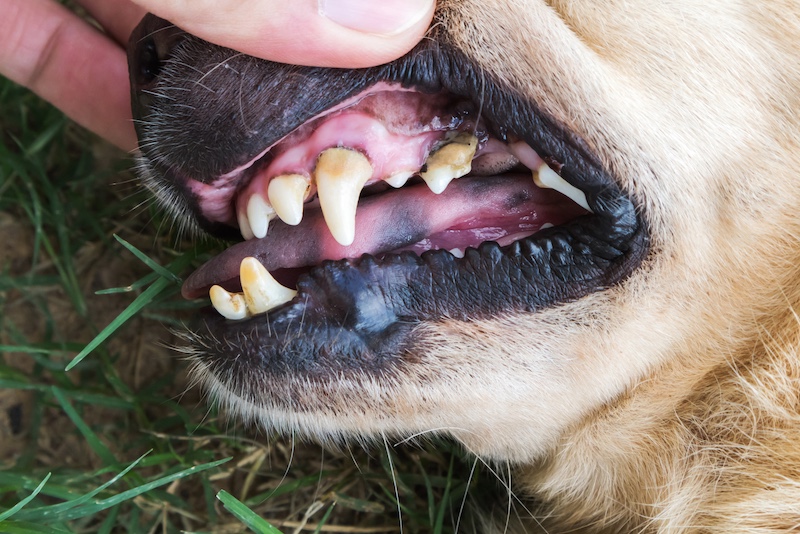Saying goodbye to a beloved dog is one of life’s hardest moments. While some dogs pass peacefully in their sleep, others show signs that their time is near. Recognizing these signs can help you provide comfort, love, and peace in their final days.
Loss of Interest in Favorite Activities

If your once-energetic dog no longer gets excited about walks, toys, or greeting you at the door, it may be a sign their body is shutting down. Apathy and fatigue are common in dogs approaching the end of life, especially when paired with other symptoms.
Decreased Appetite or Thirst

A dying dog often loses interest in food and water. Even their favorite snacks might be ignored. This decline may be due to organ failure, nausea, or simple fatigue. Monitor hydration closely, as dehydration can make your dog even more uncomfortable.
Increased Fatigue and Sleeping More

Excessive sleep or lethargy can be a sign your dog is in the final stage of life. You might notice they sleep most of the day, struggle to get up, or no longer follow you from room to room like they used to. Their energy reserves are often so low that even basic movements become too tiring.
Incontinence or Loss of Bowel Control

Near the end, dogs may lose control of their bladder or bowels. This isn’t a behavioral issue—it’s usually due to muscle weakening or neurological decline. It’s important to keep them clean and comfortable, and not scold them if accidents occur.
Trouble Breathing

Labored breathing, excessive panting, or irregular breaths can signal that the end is near. You might notice shallow, rapid breaths or long pauses between breaths. These changes may indicate fluid in the lungs or decreased oxygen flow from failing organs.
Isolation or Withdrawal

Some dogs instinctively separate themselves when they sense death is near. They may hide in quiet corners or avoid affection. This behavior can be heartbreaking, but it’s often their natural way of coping with pain or preparing for the end.
Visible Pain or Discomfort

Dogs may become stiff, wince when touched, or yelp without obvious cause. Pain may be visible in how they move, breathe, or position themselves. You might also notice restlessness, trembling, or constant shifting as they try to get comfortable.
Unusual Odors

Dogs nearing the end of life may emit strong or strange odors due to organ failure or infection. Bad breath, foul-smelling urine, or a general body odor that wasn’t there before are all possible indicators that internal systems are shutting down.
Changes in Gum Color

Check your dog’s gums. Healthy gums are typically pink, but in dying dogs, they might turn pale, white, gray, or even blue. This change often signals poor circulation, anemia, or respiratory distress—common in the final stages of life.
Sudden Behavioral Changes

A normally calm dog may become anxious, clingy, or even aggressive. Others may become completely unresponsive or seem “distant.” These sudden shifts often indicate confusion, discomfort, or neurological decline. Always respond with gentleness and reassurance during these moments.
- Please Note: This content was created with the assistance of AI and thoroughly edited by a human before publishing.

